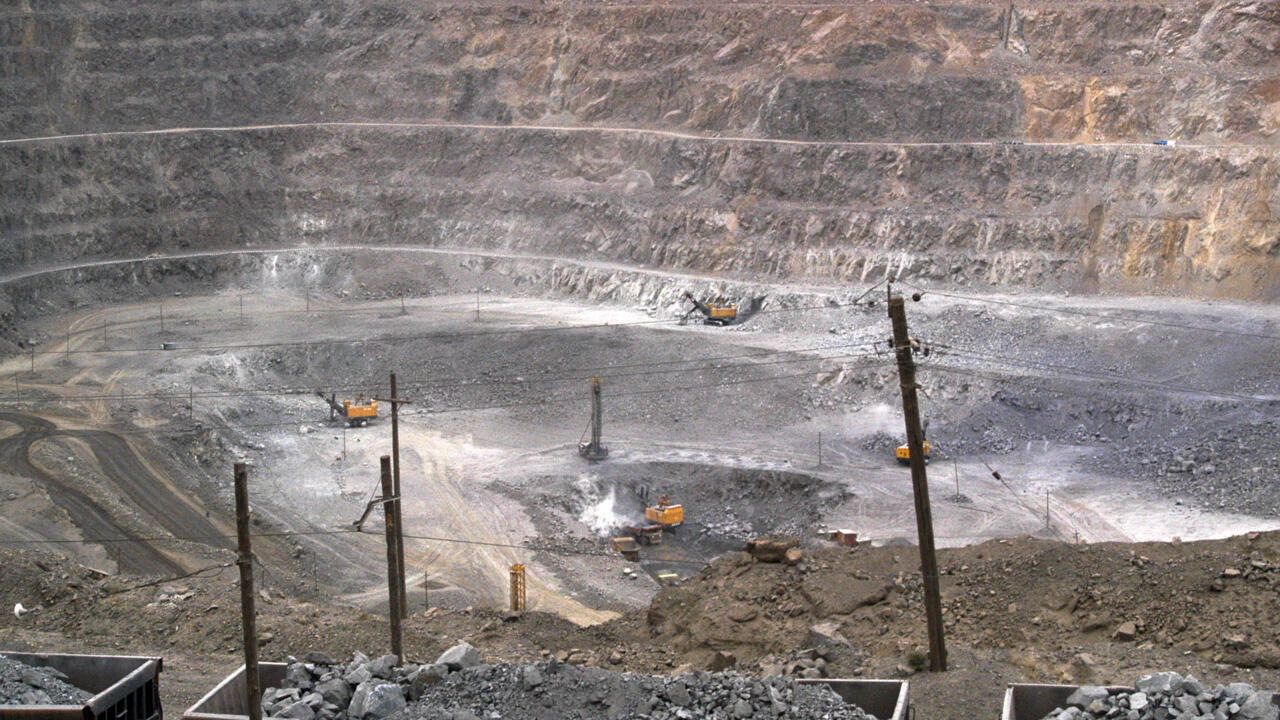China: birth of a rare earth giant
Audio 01:28
workers use machines to dig at a rare earth mine in the Bayan Obo mining district of northern Mongolia.
(Illustrative image) © AP
By: Stéphane Lagarde Follow
2 min
To protect its domination in the production of these minerals found in electric cars, smartphones and plasma screens, the Chinese government has just created, by decree, a grouping of the major Chinese players in the market.
Advertising
The regulator did not break his head to find a name for this new giant.
As the name suggests, the Chinese rare earth group - China Rare Earth Group - is a merger of the main players in the sector: Chinalco, the China Minmetals Corporation and the rare earth mines of Ganzhou.
This amalgamation aims to control more than a third of the rare earth mining industry in mainland China with nearly 70% of heavy earths, the rarest in southern China, such as dysprosium used in nuclear reactors.
For lighter minerals, like praseodymium and neodymium used in the manufacture of electric vehicles, or for magnetic wind turbines, rare earths are actually not that rare.
And China is facing an increase in the production capacities of its competitors, with in particular an increase of 36% last year in the American rival.
There is also an increase in production in other countries such as Burma and Madagascar.
The Chinese share in the world production of rare earths has now fallen below the 60% mark.
►
See also:
Metals from Burma: the risks of the coup d'état on Chinese supplies
Come together to dominate
To try to maintain its strategic advantage and its competitiveness, we regroup, we close ranks under the tutelage of the Administrative Commission for the Supervision of Public Assets (SASAC).
This merger project took shape in December.
"
It was not secret,
" say the specialists.
It is impossible to hide such a juggernaut by pooling the resources of provinces from all over the country: Jiangxi, Shandong, Sichuan and Hunan.
China will be able to impose strict quotas on production and import and continue to use rare earths as a strategic tool in its trade war, for example with the United States.
This restructuring should also help drive up the price of rare earths.
A price that has already soared by 88% last year.
►
Read also:
The exploitation of rare earths and uranium, an electoral issue in Greenland
Newsletter
Receive all international news directly in your mailbox
I subscribe
Follow all the international news by downloading the RFI application
google-play-badge_FR
China
Raw materials
Trade and Exchanges

